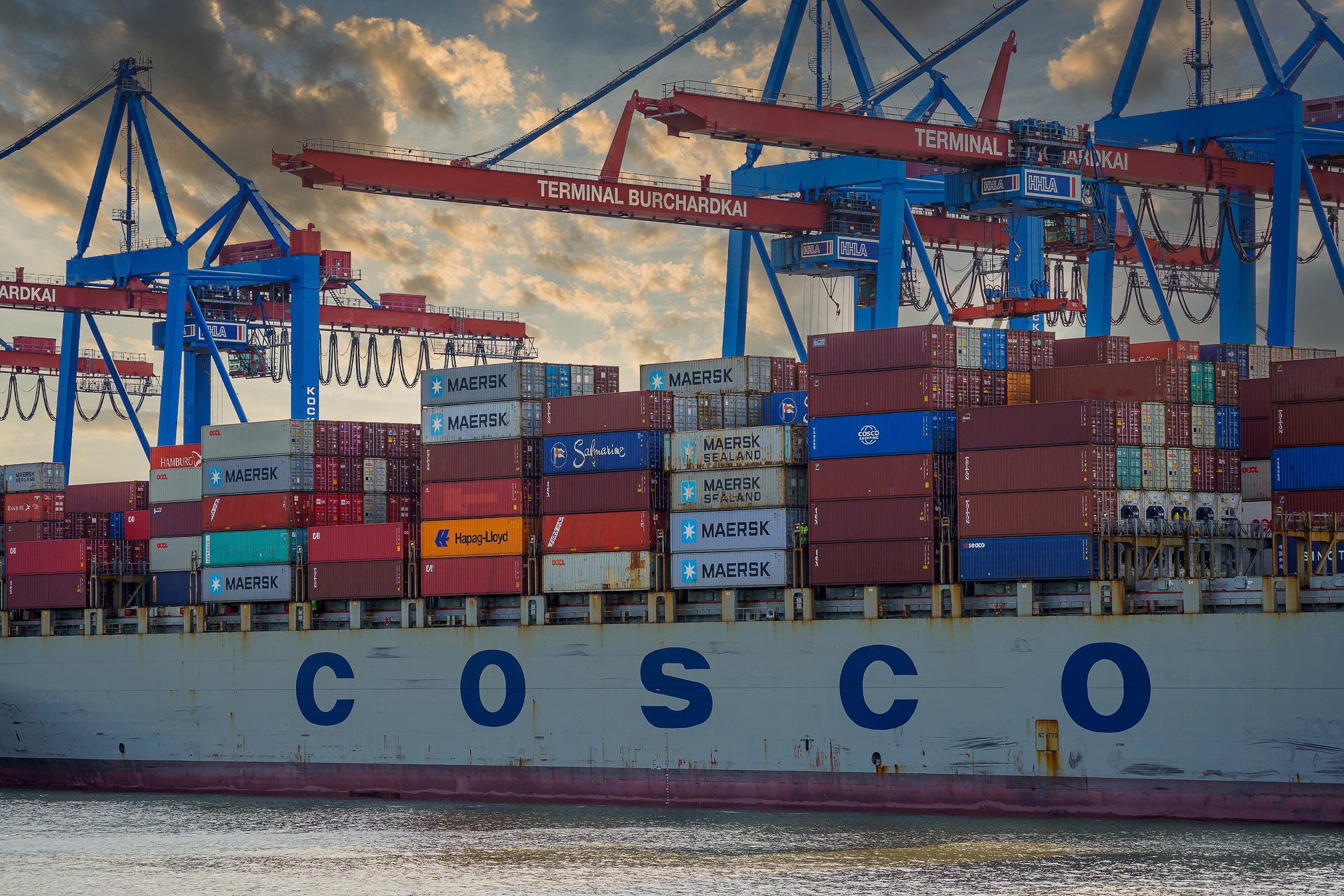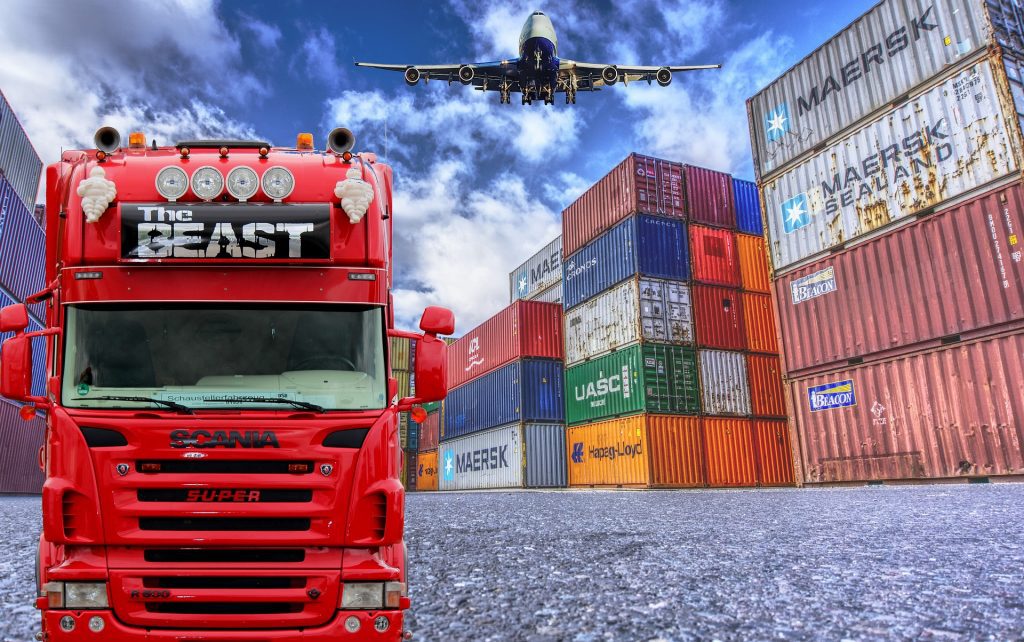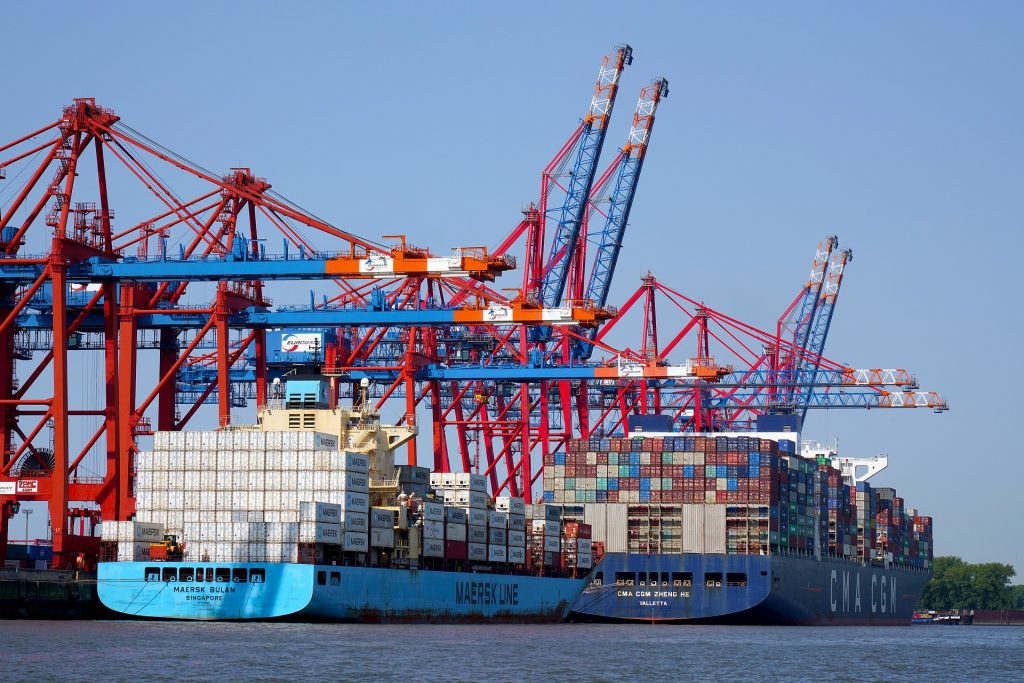Close
Close

Over the years, many businesses have experienced unanticipated supply chain risks i.e., disruptions and vulnerabilities. This has resulted in recalls that cost hundreds of millions of dollars in sectors as diverse as consumer goods, electronics, and automotive.
Additionally, many public and private organizations have experienced cybersecurity breaches, losing crucial intellectual property as a result of flaws in the supplier ecosystem.
The lack of effective mechanisms to recognize and manage escalating supply chain risks as the globe becomes more linked is at the core of these crises. Cyber-ransom attacks and new vulnerabilities are rising.
Any halts in the movement of goods, whether components or raw materials, through your supply chain result in risks. Determining the dangers in your supply chain and creating strategies to manage them may reduce the adverse effects of supply chain disruptions on your company. A risk management strategy, a component of your broader business continuity plan, should contain documentation of this procedure.
Because internal risks are within your company's control, they offer better options for mitigation. The following five categories of internal risks:

Events, either upstream or downstream in the supply chain, can act as a catalyst for external hazards. External risks can be divided into some categories:
Although both public and private organizations are implementing ways to address the supply chain risk, there are several reasons why the task is still ambiguous. Such reasons include:
Instead of praising the issue and these challenges, moxeconsulting advises firms to start approaching problems methodically, cataloging and addressing known risks while enhancing the firm's resilience to the inescapable unknown risk that poses a problem in the future.
Identifying, quantifying, and managing known hazards across time is possible. For instance, a supplier going out of business and causing a supply disruption would be a recognized risk. Based on the supplier's historical financial statements and considering the goods and markets the supplier may disrupt, you can assess its likelihood and quantify its impact on your company.
Organizations can manage their known-risk portfolio through the following four processes by combining organized problem-solving and digital tools:
The value chains of all main products are often mapped out and evaluated as a standard risk identification strategy. Then, a thorough evaluation of each supply chain node, including suppliers, plants, warehouses, and transit routes, is performed (Exhibit 1). Risks are meticulously tracked throughout time and put on a risk register. This step should also note parts of the supply chain where no data are available, and additional research is needed.
To create an integrated framework for risk management, each risk in the register should be graded based on three factors: the likelihood that the risk will materialize, the impact on the company if it does, and the organization's preparedness to handle that particular risk. The risk scores indicating the organization's risk appetite apply tolerance criteria.
Developing and applying a standardized scoring technique is essential to evaluate all risks. This enables the prioritization and aggregation of threats to pinpoint the value-chain nodes and products that pose the most significant risk of failure.
Persistent surveillance is one of the critical success elements in identifying risks that could harm a business once a risk-management framework has been implemented. The recent development of digital tools that identify and monitor leading indicators of risk has made this possible for even the most complicated supply chains.
Successful monitoring systems incorporate impact, likelihood, and preparedness perspectives and are tailored to the requirements of a business. However, to increase the likelihood of mitigating, or at the very least limiting, the impact of their occurrence, it is essential to establish an early warning system to monitor top risks.
Establishing a robust governance structure is the crucial last stage in enhancing the supply chain's resilience and agility by regularly defining mitigation actions and reviewing supply chain risks.
A cross-functional risk board with representatives from each value chain node is an efficient supply-chain risk-management governance tool. Line managers who also serve as risk owners for their respective functions are generally included, giving them responsibility for risk identification and mitigation.
An efficient board will hold regular meetings to examine the significant supply chain risks and decide on appropriate mitigation measures. Implementing mitigation measures for each participant's functional node will subsequently be their responsibility.

Unknown hazards are those that are impossible or extremely challenging to anticipate. Imagine a long-dormant volcano suddenly erupting, disrupting a supplier you weren't aware was part of your supply chain. Even the most risk-averse managers may find it difficult to predict situations like this.
Maintaining a competitive advantage requires lowering the probability of unknown risks and speeding up response times when they materialize. An organization can benefit from this advantage by erecting sturdy layers of defense and fostering a risk-aware culture.
Ways To Mitigate Unknown Risks:
Strong defenses help a company discover and stop unexpected hazards before they impact operations, from the language of the request for proposals (RFP) to worker training. The primary layers of protection that businesses use to protect themselves against unknown threats are shown in Exhibit 2.
Risk-aware culture enables an organization to create and maintain robust defenses against unknown hazards and act more swiftly when such risks emerge and endanger operations.
Global supply chains and the associated supply-chain hazards are unavoidable effects of globalization. According to our experience, firms must create effective management plans for known and unknowable supply-chain risks. Leaders must also understand that risk management requires cultural and mental transformations and implementing procedures and governance frameworks.